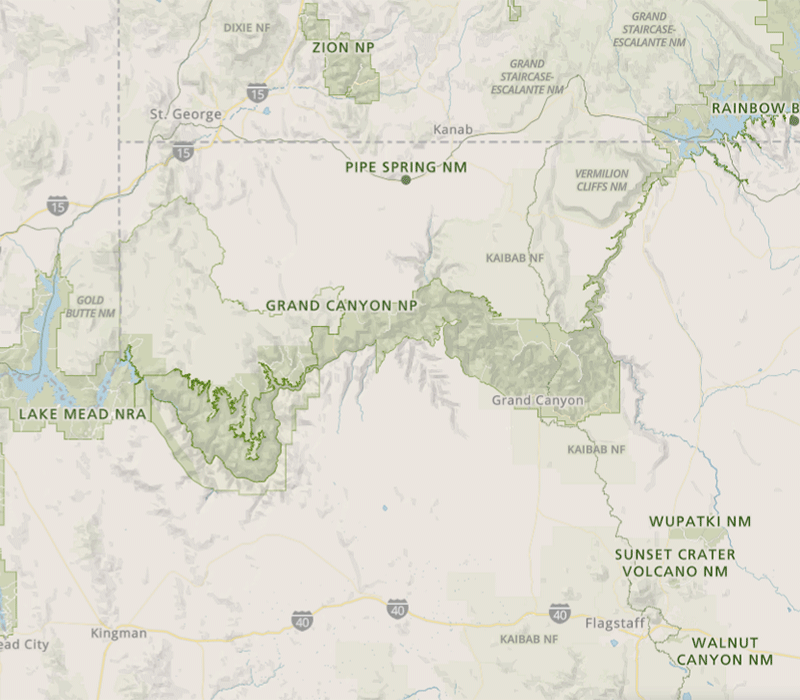
USGS Investigators: Nick Paretti
NPS Investigators: Jeanne Calhoun
| 2021 | 2022 |
|---|---|
| $74,970 | $74,330 |
NPS is required to determine the quality of surface and groundwater resources in the park and prevent the pollution of waters related to human activities occurring within and outside the parks. As part of the Grand Canyon National Park's (GRCA) 2020-2025 strategic plan, they have outlined the modernization of wastewater infrastructure and will be implementing an upgrade to existing infrastructure in the next 5 years. GRCA needs to understand if there is a connection between the GCWTP discharge and downstream springs, and if so, they need a baseline characterization of the types and levels of CECs before moving forward with infrastructure changes. Ingraham and others (2001) previously indicated that the wastewater connection should have occurred by now and the potential contributions of wastewater to down-gradient springs and the quantity of wastewater generated will increase over time. To date, there has not been a specific characterization of CECs influencing springs of the South Rim of the GRCA; an assessment of potential organic contaminants is needed to establish a current condition to assess spring sites with wastewater influence and establish a baseline for future assessments. The proposed study will: (1) provide a characterization and baseline for future monitoring of wastewater compounds, including emerging contaminants, in Indian Garden Spring, Pumphouse Spring, Horn Creek Spring, Pipe Creek Spring, and Monument Spring, as well as the GCWTP discharge to Bright Angel Wash and (2) develop a better understanding of flow paths using geochemistry to help differentiate the non-point sources from the point sources. This information will also be helpful to other state and federal agencies managing lands where treatment facilities co-occur with aquatic ecosystems.
